Posted October 2016
Zeiss ZM 50/1.5 on the Sony A7
GEAR
The Sony A7 is a camera I’ve had for years. But aside from descriptions of how the lenses I review perform on it I’ve yet to write anything about the camera on the site.
I guess the big reason is that it’s a camera I don’t really enjoy using all that much – the shooting experience is very disconnected – as a consequence not one I feel all that compelled to write much about. Lately I’ve even contemplated selling it.
But shooting it with the Zeiss ZM 50/1.5 Sonnar I’ve been warming up to it again.
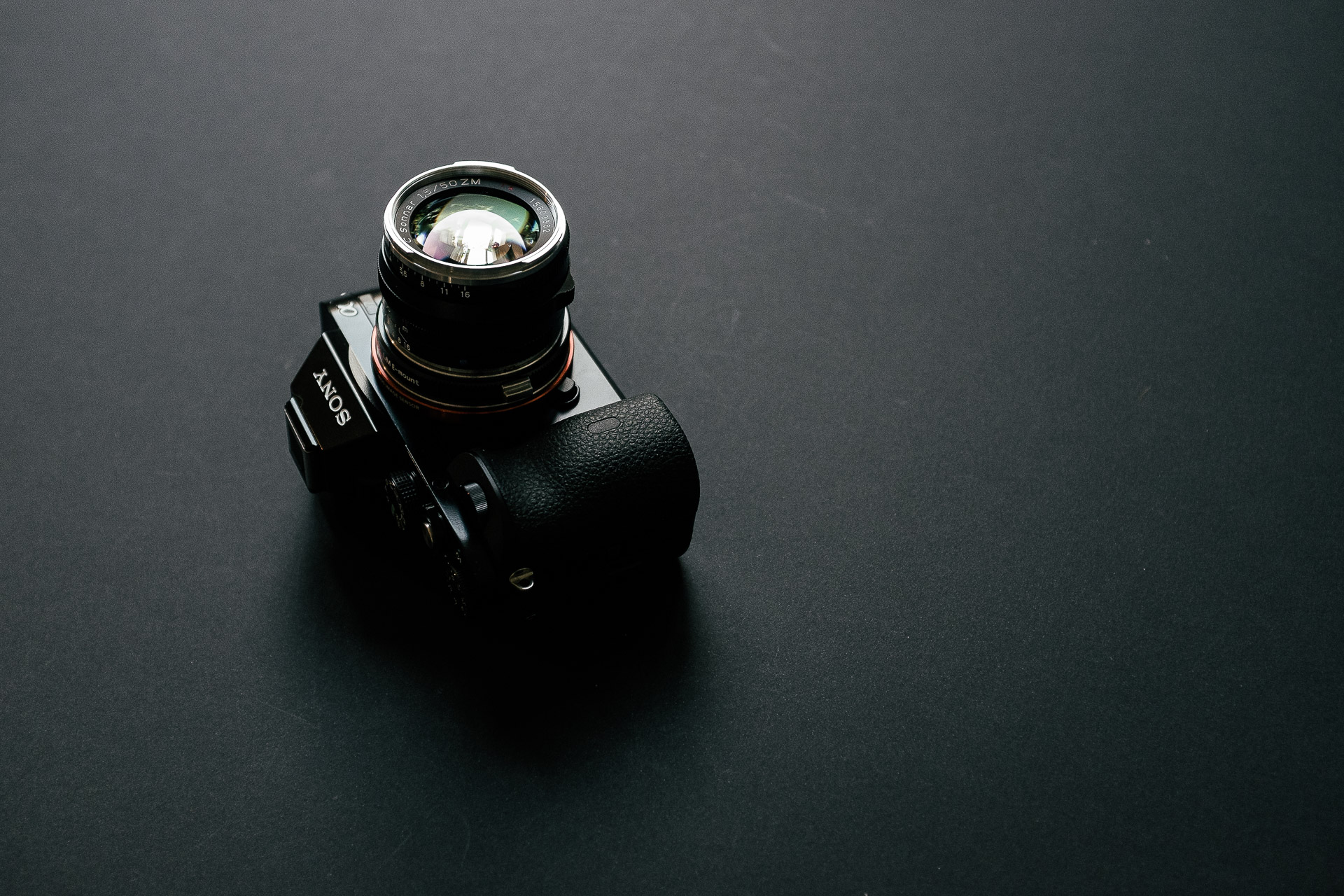
The Zeiss ZM 50/1.5 Sonnar mounted on the Sony A7.

The rendering of the Sonnar shines for portraiture. While the pairing with the A7 is not as fast or transparent to work with as on a rangefinder, very high focus accuracy can be achieved.
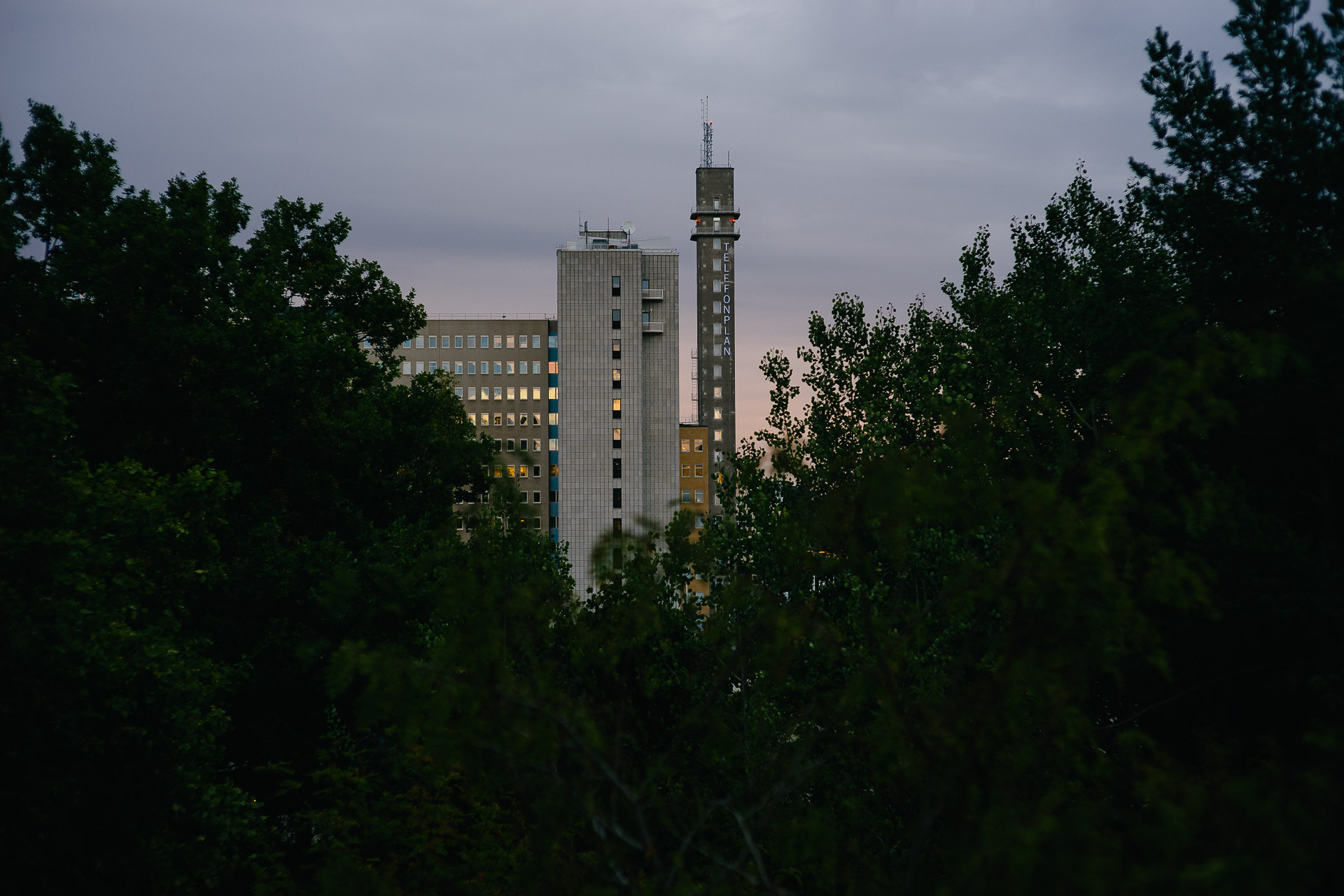
Many rangefinder lenses suffer from poor corner performance when shot on the A7-series cameras due to a thicker filter stack. The Sonnar is affected too, but to a reasonably small degree and the performance at infinity is acceptable already at f/2.8.
I’ve shot the lens frequently on the Leica M4-P during my 366 and a little on the M9 too. It’s a very special piece of kit with a very pronounced signature. As I’m gearing up to start putting together a review I also mounted it on the A7 to have a go like I normally do – mostly to see how well it plays with the thicker filter stack. I usually have to sort of force myself through getting some shots with the A7 and whatever lens I’m reviewing, but with the Sonnar I got into a flow.
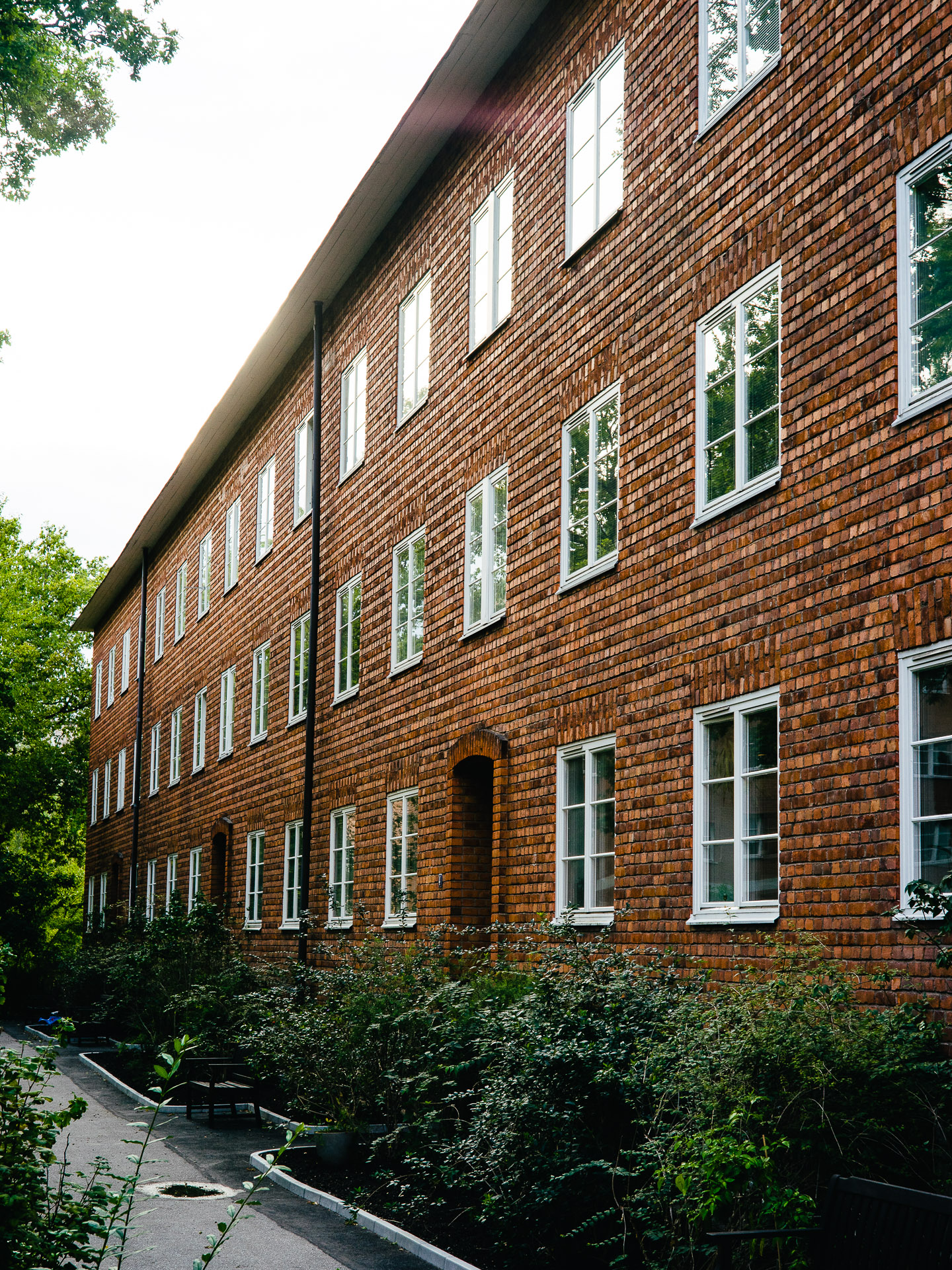
Stopped down to around f/8 resolution is excellent all the way into the deep corners. The Sonnar is generally very flare resistent, the slight flare in this photo might be due to the adapter though more testing is needed to confirm.

Unlike many wider rangefinder lenses on the A7 the midrange performance and rendering is really quite appealing already wide open. The unique and clear definition between planes that the Sonnar is capable of remains a clear trait.
The lens and camera have some overlapping weaknesses but also play to each other’s strengths. For instance one of the biggest drawbacks of the Sonnar is that it suffers from focus shift* but with the live view based A7 that shift is easily circumvented.
* Focus shift is when the point of focus moves forward or backward when the aperture is changed, generally due to spherical abberations. On rangefinders this can cause issues as the coupling isn't affected by the chosen aperture. On a live view system such as the A7 however, it's possible to focus at the exact aperture you intend to shoot and thus avoid these issues.

The combination is usable in even extremely low light. This image might not look it but was shot in a very dark room (EV 4 at ISO 100).

This was shot in pitch black conditions. The "bright" lights in the background are from an outdoor strip of LED party lights. I'm impressed that it was even possible to get an image under these conditions, despite the noise.
Likewise due to the thick filter stack of the A7 corner performance generally suffers when shooting M-mount lenses, but as the Sonnar is best stopped down for good evenness across the frame anyway that problem of the A7 doesn’t detract from the experience of shooting it to the same extent.
Instead the strengths of each shine brighter. With the large aperture of the lens and good high ISO performance of the camera it’s a combination that can see in pitch black conditions – an empowering experience. The Sonnar is also great at getting clear separation between planes and with the EVF on the A7 it’s much easier to work consciously and precise. The palette of Zeiss lenses also tend to play extremely well with Sony sensors – something I learned shooting the ZM 28 on the NEX–7, years ago.
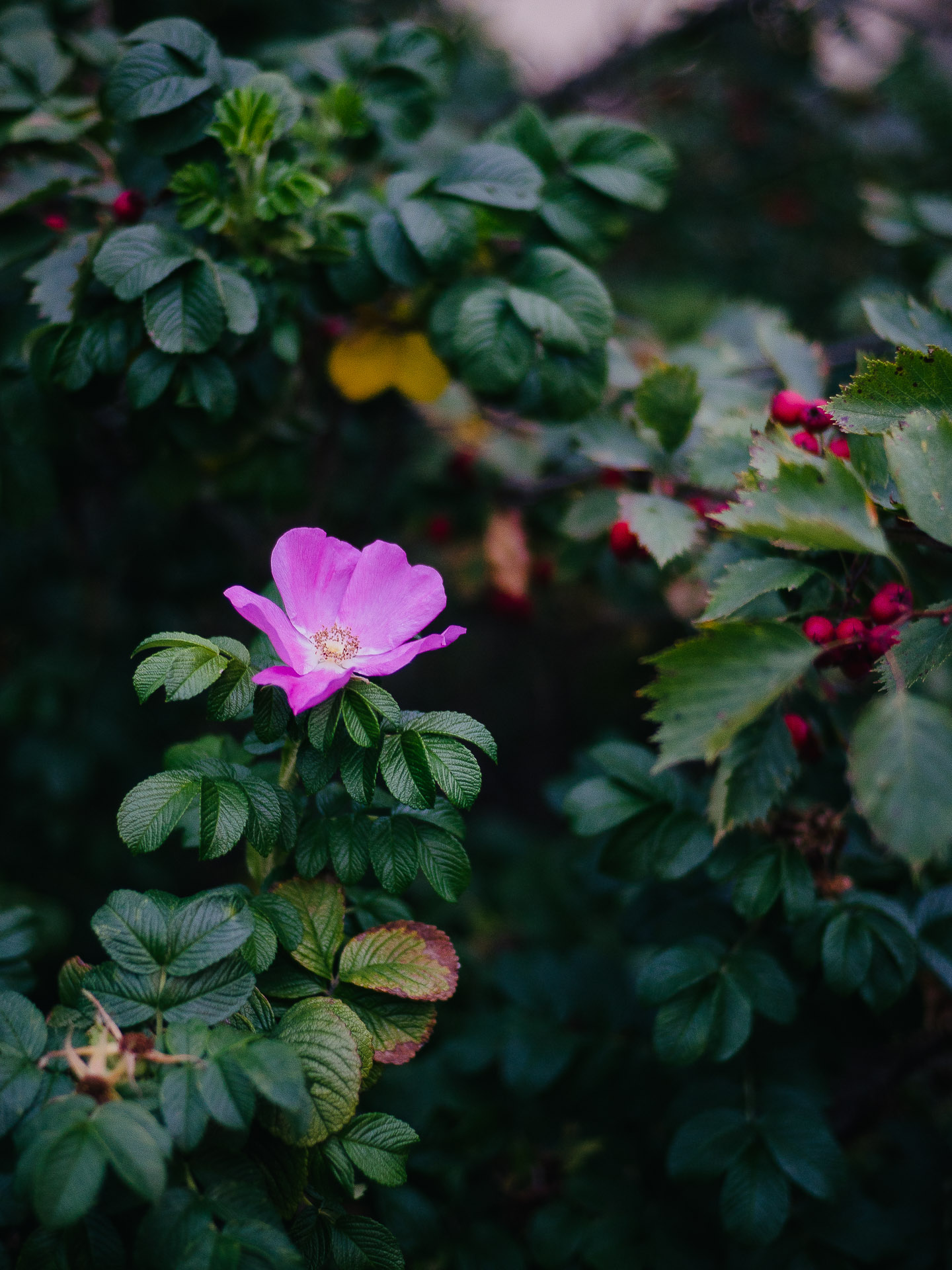
In my experience Sony sensors and Zeiss coatings go really good together as far as colours go. The A7 also permits much more accurate compositions, especially at closer ranges, than a rangefinder.
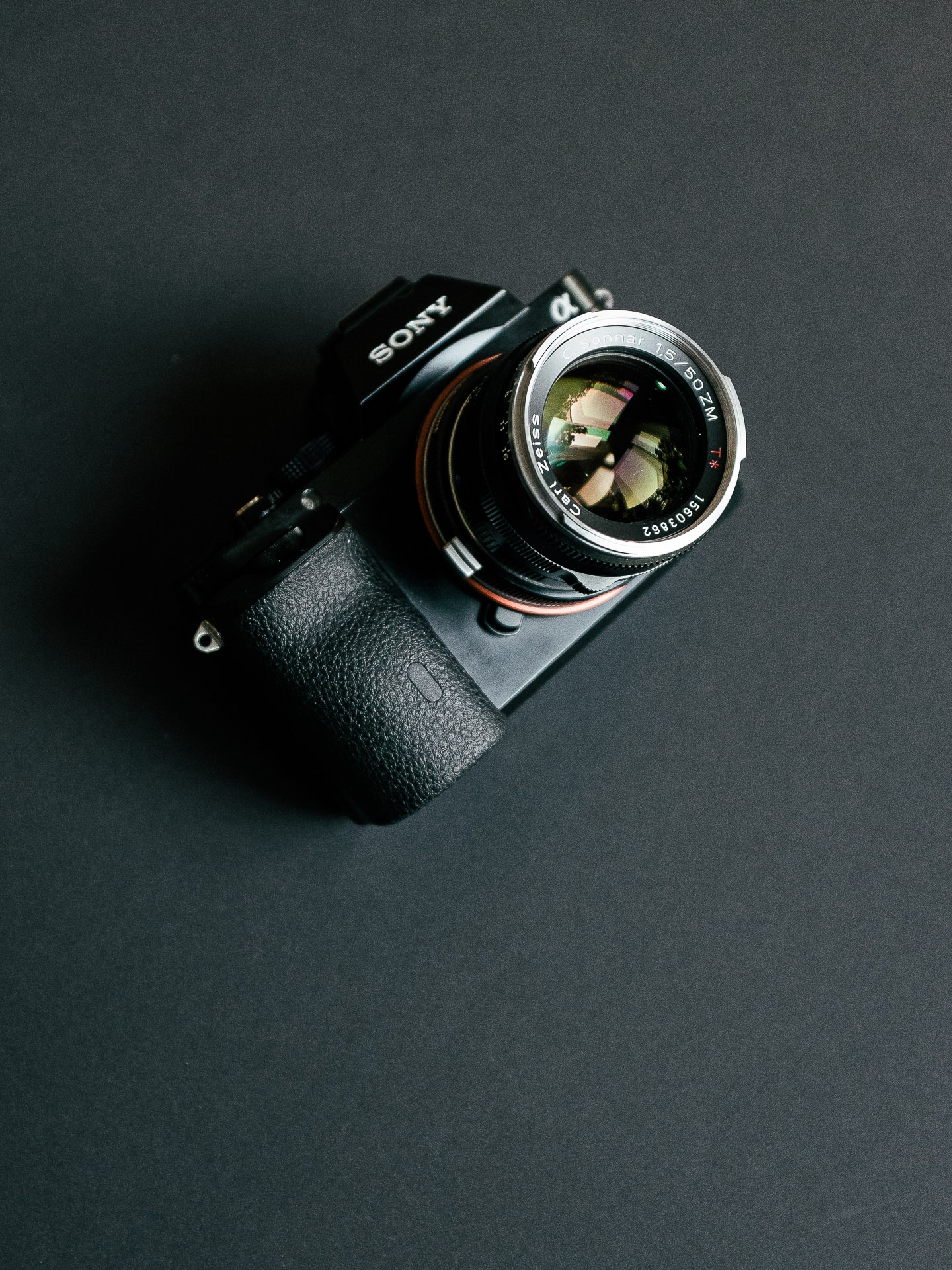
The Sonnar is a small lens for its specifications. It balances very well on the A7.
Now the A7 still drives me nuts sometimes. The pairing also has a few issues that isn’t present on the M9 or on film and both the ZM 50/2 Planar and the Leica 50 Summicron has slightly more even performance on the A7. But I’ve still enjoyed shooting the A7 a lot more with the Sonnar than any other lens and I figure I’m going to hold on to it for a bit more.
Return Home








